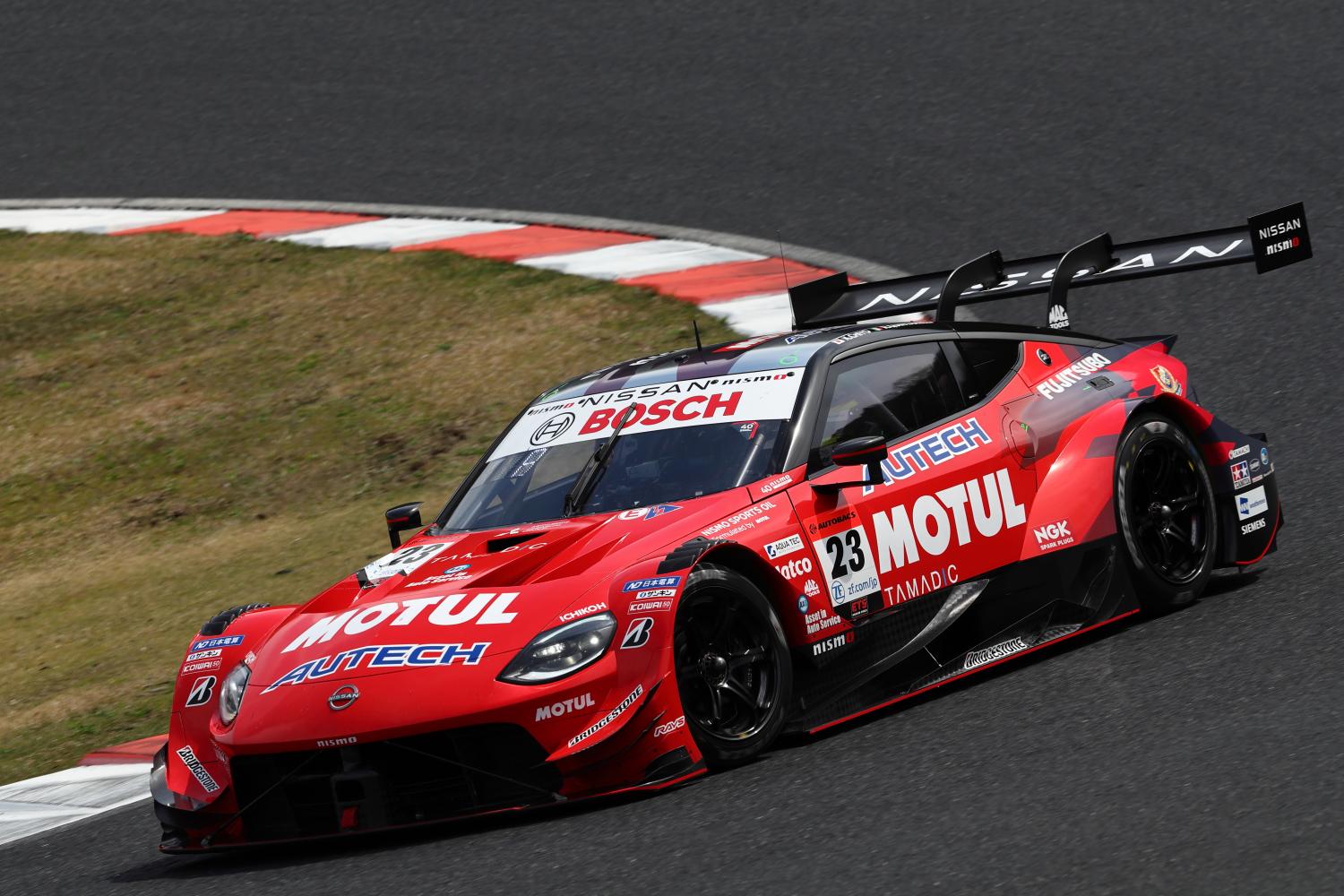The automotive world is abuzz with a monumental announcement: Nissan Motor Co., Ltd. and Honda Motor Co., Ltd. have signed a Memorandum of Understanding (MOU) to explore business integration. This collaboration aims to reshape the industry by leveraging their combined strengths in vehicle intelligence, electrification, and sustainable innovation. As market dynamics and technological advancements accelerate, this strategic move represents a significant step forward for both companies, promising groundbreaking innovations and enhanced customer experiences.
Nissan and Honda Sign MOU
The partnership between Nissan and Honda signals an intent to create synergies across key domains, including vehicle platforms, research and development, manufacturing, and more. By establishing a joint holding company, both brands aspire to merge their expertise to deliver unparalleled products and services.
This collaboration is not merely a business decision but a visionary step to address the pressing challenges of achieving carbon neutrality and zero traffic fatalities. The MOU underlines the companies’ commitment to a future where vehicles are not only smarter but also safer and more sustainable.

Nissan and Honda Sign MOU
The Road to Integration: Key Highlights
Strategic Vision Behind the MOU
Nissan and Honda’s decision to integrate stems from a shared vision of staying competitive in a rapidly changing industry. The focus areas include:
- Vehicle intelligence
- Electrification
- Carbon neutrality
- Enhancing global competitiveness
Why This Integration Matters
The integration will enable both companies to:
- Consolidate their strengths
- Achieve operational efficiency
- Foster innovation in next-generation software-defined vehicles (SDVs)
Potential Synergies: The Power of Collaboration
1. Standardized Vehicle Platforms
By standardizing platforms across product segments, Nissan and Honda aim to streamline production processes, reduce costs, and improve development efficiencies. This step ensures greater adaptability to diverse global markets.
2. Advancing R&D Capabilities
The collaboration will enhance research and development efforts, particularly in SDVs, a cornerstone for vehicle intelligence and electrification. By pooling resources, the companies can achieve cost-efficient innovations while accelerating technological advancements.
3. Optimized Manufacturing Systems
The integration plans to leverage shared production facilities, enabling better capacity utilization and reduced fixed costs. This optimization is expected to result in a robust supply chain with improved scalability.
4. Enhanced Supply Chain Integration
Combining purchasing operations will allow Nissan and Honda to improve supply chain efficiencies and access competitive pricing. By sourcing common components together, both companies can increase profitability.
5. Shared Talent Pool
The collaboration will create a stronger human resource foundation by promoting talent exchange and technical collaboration. This approach will attract top talent, fostering a culture of innovation.
The Business Integration Framework
Creation of a Joint Holding Company
The proposed integration involves the formation of a joint holding company, with both Nissan and Honda as fully owned subsidiaries. This strategic framework ensures a balanced and collaborative approach, maintaining the unique identities of both brands.
Timeline and Milestones
Key dates include:
- Execution of definitive agreements: June 2025
- Extraordinary shareholder meetings: April 2026
- Delisting of Nissan and Honda: August 2026
Leadership and Governance
Honda will play a pivotal role in the leadership structure of the new holding company, ensuring a cohesive strategy for achieving shared goals.

A Transformative Era for the Automotive Industry
A Transformative Era for the Automotive Industry
The collaboration between Nissan and Honda is more than just a partnership; it is a blueprint for the future of mobility. By focusing on electrification, vehicle intelligence, and sustainability, the integration is poised to set new benchmarks in the industry.
FAQs
What is the purpose of the Nissan and Honda MOU?
The MOU aims to explore business integration, focusing on vehicle intelligence, electrification, and achieving carbon neutrality.
How will the integration benefit customers?
The collaboration will deliver innovative, sustainable, and intelligent vehicles while enhancing cost efficiency and global competitiveness.
When will the integration take place?
Key milestones include signing definitive agreements in 2025 and completing the integration by 2026.
What are software-defined vehicles (SDVs)?
SDVs are next-generation vehicles that rely on advanced software for features like autonomy, connectivity, and electrification.
How will the integration impact the workforce?
The integration will foster talent development, promote technical collaboration, and attract exceptional talent to drive innovation.
What role will sustainability play in this collaboration?
Both companies aim to accelerate their efforts toward carbon neutrality and promote environmentally friendly mobility solutions.
The proposed integration of Nissan and Honda is a bold step toward redefining the automotive landscape. By uniting their strengths, these industry giants aim to achieve unprecedented innovation, efficiency, and sustainability. This collaboration is not just about staying competitive; it is about shaping the future of mobility for generations to come.

